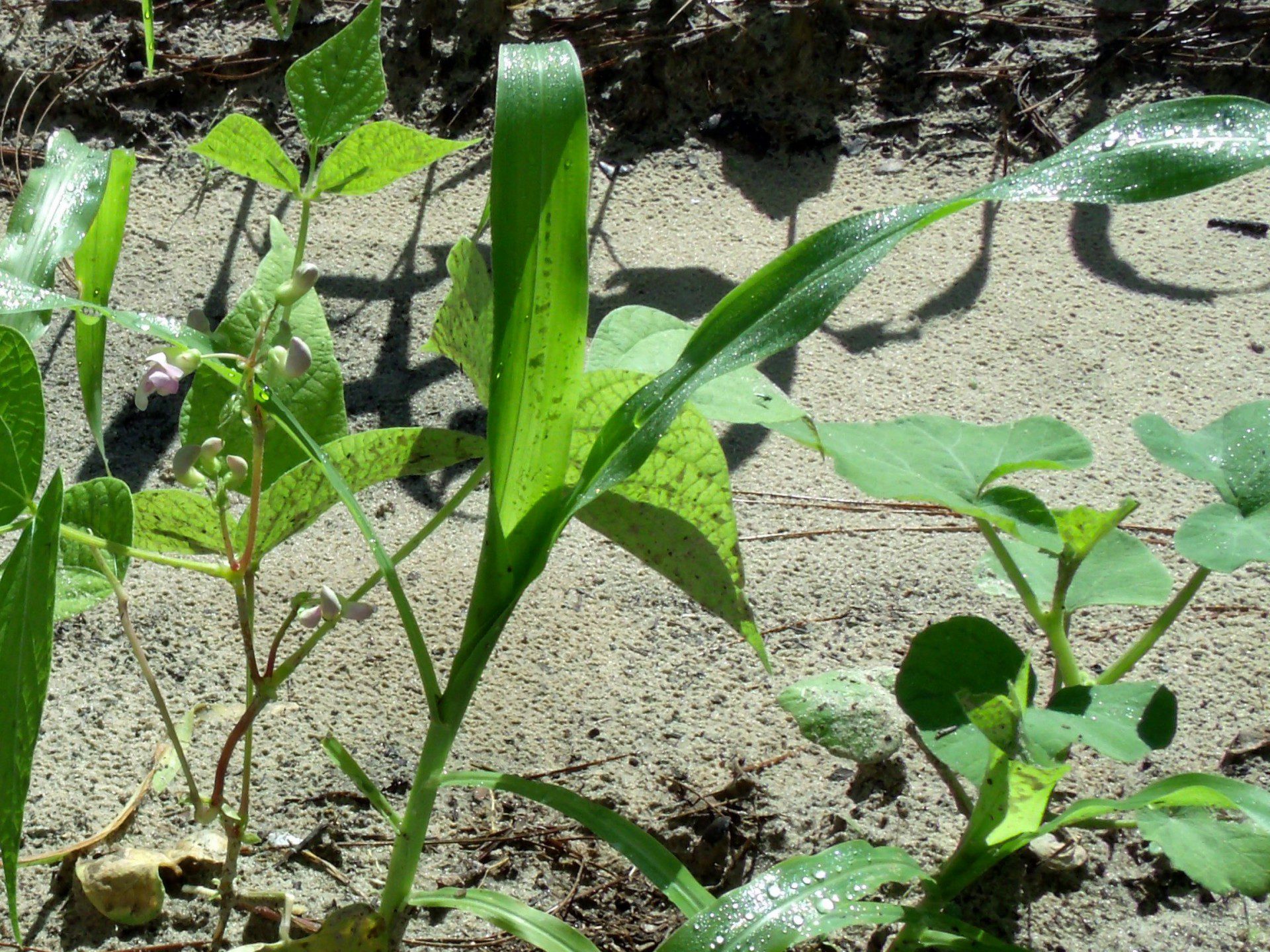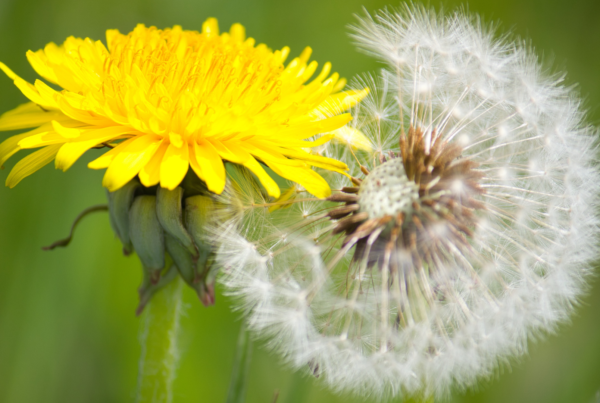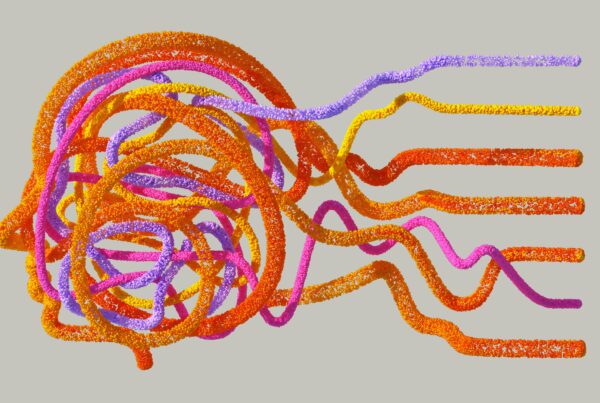By Bob Bertsch and Jessica Beckendorf
In her book, Braiding Sweetgrass, Robin Wall Kimmerer writes about the cooperative relationship of corn, beans, and squash, the “Three Sisters.” For thousands of years, Indigenous people in North America have planted these three species together. The corn, which emerges first, provides a stalk for the bean vines to climb. The squash vines spread low along the ground, their bristly leaves discouraging caterpillars who might try to reach the corn stalk and bean leaves. The placement of each plant’s leaves ensures they all get the necessary light. The shallow corn roots, deep bean roots, and the widely distributed squash roots do not compete for moisture. The unique ability of the bean plant to convert nitrogen from the air to nitrogen in the soil helps all three plants stay fed.
Individuality and Interdependence at Play
Kimmerer, a member of the Citizen Potawatomi Nation, writes, “The way of the Three Sisters reminds me of one of the basic teachings of our peoples. The most important thing each of us can know is our unique gift and how to use it in the world. Individuality is cherished and nurtured, because, in order for the whole to flourish, each of us has to be strong in who we are and carry our gifts with conviction, so they can be shared with others” (p.134).
The Three Sisters provide a powerful example from nature of individuality and interdependence at play. It’s one of many models in the natural world that can help us understand how to work together. In Emergent Strategy, adrienne maree brown shares comments from practitioners on how their work is grounded in nature (p. 84 -86). In this section of the book, Kiese Laymon talks about how a family of geese gives and gets every day, “They share and accept sharing with grace and so much style. I’m working on this every day of my life.” Naima Penniman marvels at oak trees that stand up to a hurricane, “How? Instead of digging its roots deep and solitary into the earth, the oak tree grows its roots wide and interlocks with other oak trees in the surrounding area.” Karissa Lewis talks about the collaboration and coordination between hummingbirds and flowers, “How vibrant and alive and successful could our movement be if we moved with such coordination and collaboration?”
Cooperation is Natural
We humans can see examples of collaboration, interconnectedness, and interdependence all around us, but still, we struggle to bring these things into our life and work. Some research suggests our first instinct is to cooperate, not compete, but dominant narratives that frame life as survival of the fittest often lead us astray.
In the article, “Birds Do It. Bats Do It.” in Greater Good Magazine, physicist and author Fritjof Capra suggests looking to nature for inspiration. “Nature nurtures life through communities,” Capra says. “This is a process that started with the first single-celled organisms. Life, from its beginning more than three billion years ago, took over the planet by networking, not combat.” The authors of the article, Jeremy Adam Smith and Alex Dixon write, “To Capra, this calls for cooperative social organization that nurtures networks of communication, encourages sharing and experimentation, and fosters a climate of mutual support.”
Gifts are Multiplied in Relationship
Cooperation, networks, collaboration, and relationships matter so much because they are generative. They have the power to produce and reproduce the things we want to see in our communities and in the world, As Robin Wall Kimmerer writes in “Braiding Sweetgrass,”
“Alone, a bean is just a vine, squash an oversized leaf. Only when standing together with corn does a whole emerge which transcends the individual. The gifts of each are more fully expressed when they are nurtured together than alone. In ripe ears and swelling fruit, they counsel us that all gifts are multiplied in relationship. This is how the world keeps going” (p. 140).
To learn more about the crucial skills and practices of connection and collaboration, check out the Practicing Connection Initiative.
References
Birds Do It. Bats Do It. (n.d.). Greater Good. Retrieved October 6, 2022, from https://greatergood.berkeley.edu/article/item/birds_do_it_bats_do_it
Brown, A. (2017). Emergent strategy. AK Press.
Kimmerer, R. W. (2015). Braiding sweetgrass. Milkweed Editions.
Photo: “Three Sisters Planting”, DF McElwee, CC0 Public Domain















